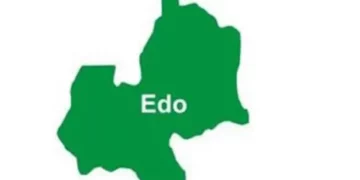Japan’s new COVID-19 cases topped 90,000 for the first time since February 17 on Wednesday, official data showed, as public health experts said the highly transmissible BA.5 subvariant of Omicron is fueling a seventh wave of infections.
The 94,493 cases come close to the peak number of cases of some 104,000 that the country saw in February.
The Tokyo metropolitan government reported 16,878 coronavirus cases, surpassing the 10,000 mark for a second straight day and more than doubling from the level a week earlier. Osaka Prefecture also logged 10,452 cases, topping 10,000 for the first time since February 26.
Health minister Shigeyuki Goto said in a meeting of a panel of experts that the government forecasts new infections will continue to increase in many areas of the country.
The number of coronavirus infections on Tuesday rose 2.14 times from the level a week earlier, according to Ministry of Health, Labor and Welfare data.
“We would like the people to fully take measures to prevent infections such as mask wearing,” Goto told the meeting.
The government plans to set up infection checkup facilities at major airports and railway stations across Japan from Aug. 5 to 18, including the Bon summer holiday period in mid-August, according to government sources.
The National Institute of Infectious Diseases estimates that nearly 80 percent of current infections are caused by the BA.5 subvariant, but it will be responsible for all cases by the first week of August.
Mirroring the resurgence of infections, record one-day infections were logged in 12 prefectures out of 47, including Okinawa with 3,518, Shizuoka at 2,195, Kagoshima with 1,579, Wakayama with 630, and Iwate at 597.
Aichi reported 6,364 cases, topping 6,000 for the second consecutive day. Hyogo reported 4,158 infections, surpassing 4,000 for the first time since February 26.
The government said earlier it has ruled out restrictions on people’s movements in response to the new surge in infections, although it now plans to postpone the launch of a nationwide travel subsidy program it had envisioned for the first half of July.
While the country’s average hospital bed occupancy rate is low, several prefectures are facing high ratios including Okinawa with the highest at 56 percent, followed by Kumamoto at 49 percent, and Wakayama at 45 percent.





